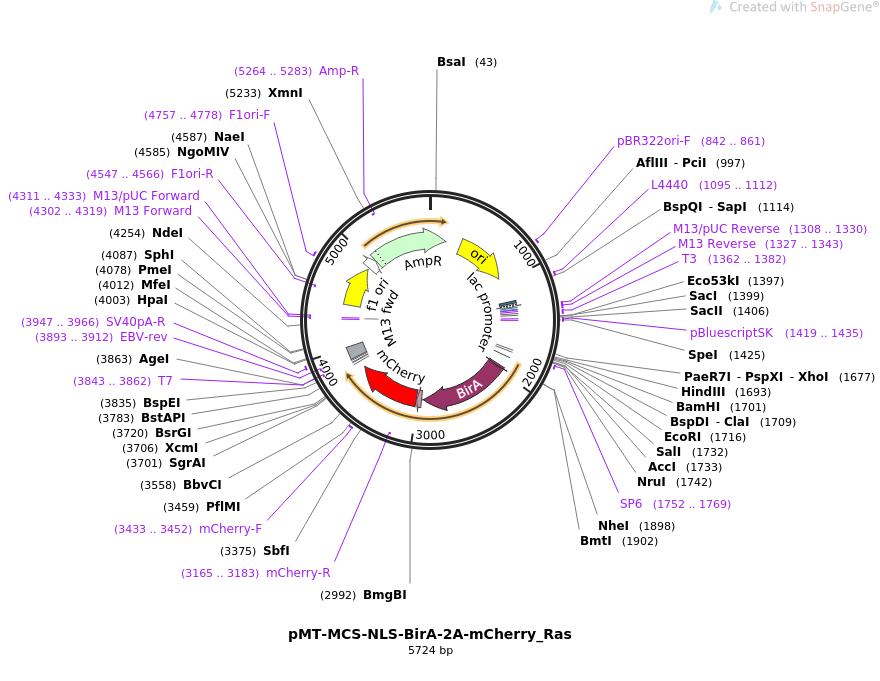

The mechanical properties of the extracellular matrix strongly influence tumor progression and invasion. This article has an associated First Person interview with Anna M. Furthermore, combining the optogenetic release of YAP1 with lattice light-sheet microscopy reveals high heterogeneity of YAP1 dynamics within different cytoplasmic regions, demonstrating the utility and versatility of our tool to study protein dynamics. By simultaneously releasing YAP1 and TAZ from sequestration, we show that their rates of entry and exit are correlated. Moreover, we provide evidence that, despite high intercellular variability, YAP1 import and export rates correlate within the same cell. Using this method, we demonstrate that phosphorylation of YAP1 on canonical sites enhances its rate of nuclear export. After dissociation, fluorescent signals from the mitochondria, cytoplasm and nucleus are extracted by a bespoke app and used to generate rates of nuclear entry and exit. A photo-responsive LOV (light–oxygen–voltage) domain from Avena sativa is used to sequester fluorescently labelled transcriptional regulators YAP1 and TAZ (also known as WWTR1) on the surface of mitochondria and to reversibly release them upon blue light illumination. Here we describe a new method for studying the rates of nuclear entry and exit of transcriptional regulators. The shuttling of transcription factors and transcriptional regulators into and out of the nucleus is central to the regulation of many biological processes. Acute modulation of transcription factor concentration while recording output gene activity represents a powerful approach for studying developmental gene networks in vivo. In addition, we find that the posterior pattern of knirps exhibits a quick but inverted response to Bicoid perturbation, suggesting a noncanonical role for Bicoid in directly suppressing knirps transcription. Our results recapitulate known relationships, including rapid Bicoid-dependent transcription of giant and hunchback and delayed repression of Krüppel. We engineer light-controlled versions of the Bicoid transcription factor and study their effects on downstream gap genes in embryos. Here we show that fast optogenetic stimuli, real-time transcriptional reporters, and a simplified genetic background can be combined to reveal the kinetics of gene expression downstream of a developmental transcription factor in vivo. OptoYAP is functional in both cell culture and in vivo, providing a powerful tool to address basic research questions and therapeutic applications in regeneration and disease.ĭevelopmental patterning networks are regulated by multiple inputs and feedback connections that rapidly reshape gene expression, limiting the information that can be gained solely from slow genetic perturbations. We demonstrate that optoYAP can override a cell's response to substrate stiffness to generate anchorage-independent growth. Similarly, optofYap can be used in zebrafish embryos to modulate target genes. In cell culture, activated optoYAP promotes YAP target gene expression and cell proliferation. Nuclear import of optoYAP is reversible and tuneable by light intensity. In 488 nm light, the LOV2 domain unfolds, exposing the NLS, which shuttles optoYAP into the nucleus.

We attach a LOV2 domain that photocages a nuclear localisation signal (NLS) to the N-terminus of YAP. We present a versatile optogenetic construct (optoYAP) for manipulating YAP localisation, and consequently its activity and function.

Therefore, exogenous regulation of YAP activity has potential translational applications. Prolonged YAP activation results in uncontrolled proliferation and cancer. YAP, an effector of the Hippo signalling pathway, promotes organ growth and regeneration.


 0 kommentar(er)
0 kommentar(er)
